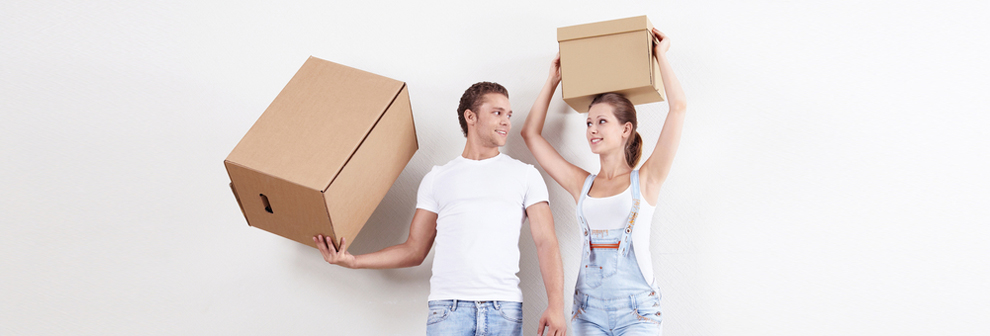House Plant Move: Essential Tips for Safe Transport
Posted on 26/08/2025
House Plant Move: Essential Tips for Safe Transport
Moving house plants can be a delicate task. Whether you're relocating across town or across the country, preserving the health of your cherished greenery requires careful planning and execution. This guide will provide essential tips for transporting house plants safely and efficiently.
Preparing Your House Plants for the Move
The first step in ensuring a smooth move for your house plants is adequate preparation. Here's how you can get started:
1. Inspect Your Plants: Before the move, inspect your house plants for any signs of disease or pests. Treating these issues before the relocation can prevent spreading and increase the likelihood of plants surviving the journey.
2. Prune and Trim: Prune dead or excess foliage and trim off any diseased parts. This makes the plant easier to handle and reduces the risk of breakage during transit.
3. Water Appropriately: Water your plants a couple of days before you move. This ensures they are hydrated but not overly wet, which can lead to damage during transport.

Packaging Your House Plants
The way you pack your house plants can significantly affect their condition upon arrival. Follow these steps for effective packaging:
1. Use Proper Containers: Small and medium plants should remain in their current pots. For larger plants, consider switching to plastic pots, which are lighter and less likely to break.
2. Secure the Soil: To prevent soil from spilling, cover the soil surface with plastic wrap or a sturdy garbage bag tied around the base of the plant. Ensure the plastic is secured but not too tight, so the plant can breathe.
3. Cushion Your Plants: Wrap plants loosely with newspaper or bubble wrap to protect foliage and stems. For particularly delicate plants, place a stake in the pot to prevent the plant from bending or breaking.
During the Move
On moving day, special care can make all the difference in ensuring your plants reach their new home safely.
1. Climate Control: House plants are sensitive to extreme temperatures. If you're moving in the summer or winter, try to keep your plants in a climate-controlled environment as much as possible.
2. Secure Placement: Place plants in a secure area in your vehicle. They should be upright and not tilted. Ensure they are protected from direct sunlight and drafts.
3. Minimize Movement: Avoid opening windows and making sudden stops or sharp turns that could jostle the plants. Consider using cardboard boxes with holes for ventilation to keep them steady.
Unpacking and Settling In
After arriving at your new home, your house plants will need a little extra care to overcome the stress of the move.
1. Unpack Slowly: Unpack your plants carefully and immediately. Remove all protective coverings.
2. Gradual Adjustment: Place the plants in a location with similar lighting conditions to their previous environment. Gradually acclimate them to their new surroundings over a few days.
3. Resume Care: Water your plants as needed and monitor them for signs of stress such as wilting or yellowing leaves. Providing a stable environment can help them recover quicker.
Pros and Cons of Moving House Plants
Pros:
- Improves indoor air quality and aesthetics in your new home
- Maintains continuity and reduces the disruption of your home environment
- Provides a sense of accomplishment and care for living things
Cons:
- Transporting plants can be logistically challenging
- Increased risk of plant damage or death during the move
- Pests or diseases might be inadvertently transported to your new home
Helpful Tips for a Successful Plant Move
- Label each pot with the plant name and care instructions
- Move plants during cooler parts of the day to avoid heat stress
- Prepare an emergency kit with plant care essentials
- Consult a professional moving service familiar with plant care

Key Takeaways
- Thorough preparation and careful packaging are essential
- Climate control and secure placement during transit can prevent damage
- Gradual acclimatization helps house plants adjust to their new environment
Conclusion
Moving house plants requires thoughtful preparation, careful handling, and post-move care. By following these essential tips, you can ensure your greenery arrives at your new home healthy and ready to thrive. Remember that the effort you put into safe transport can lead to a smooth transition for your beloved house plants, making your new space feel like home.



















